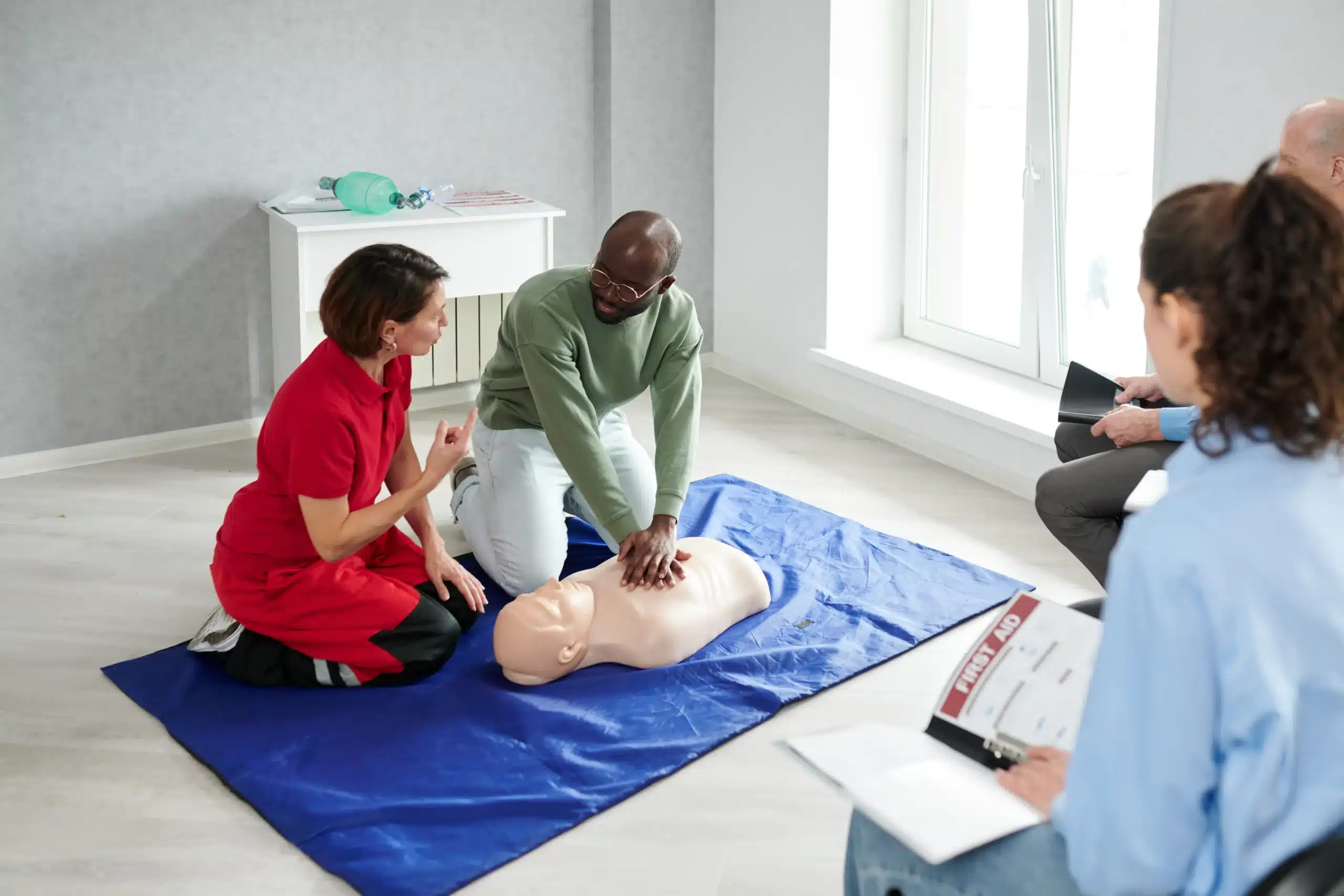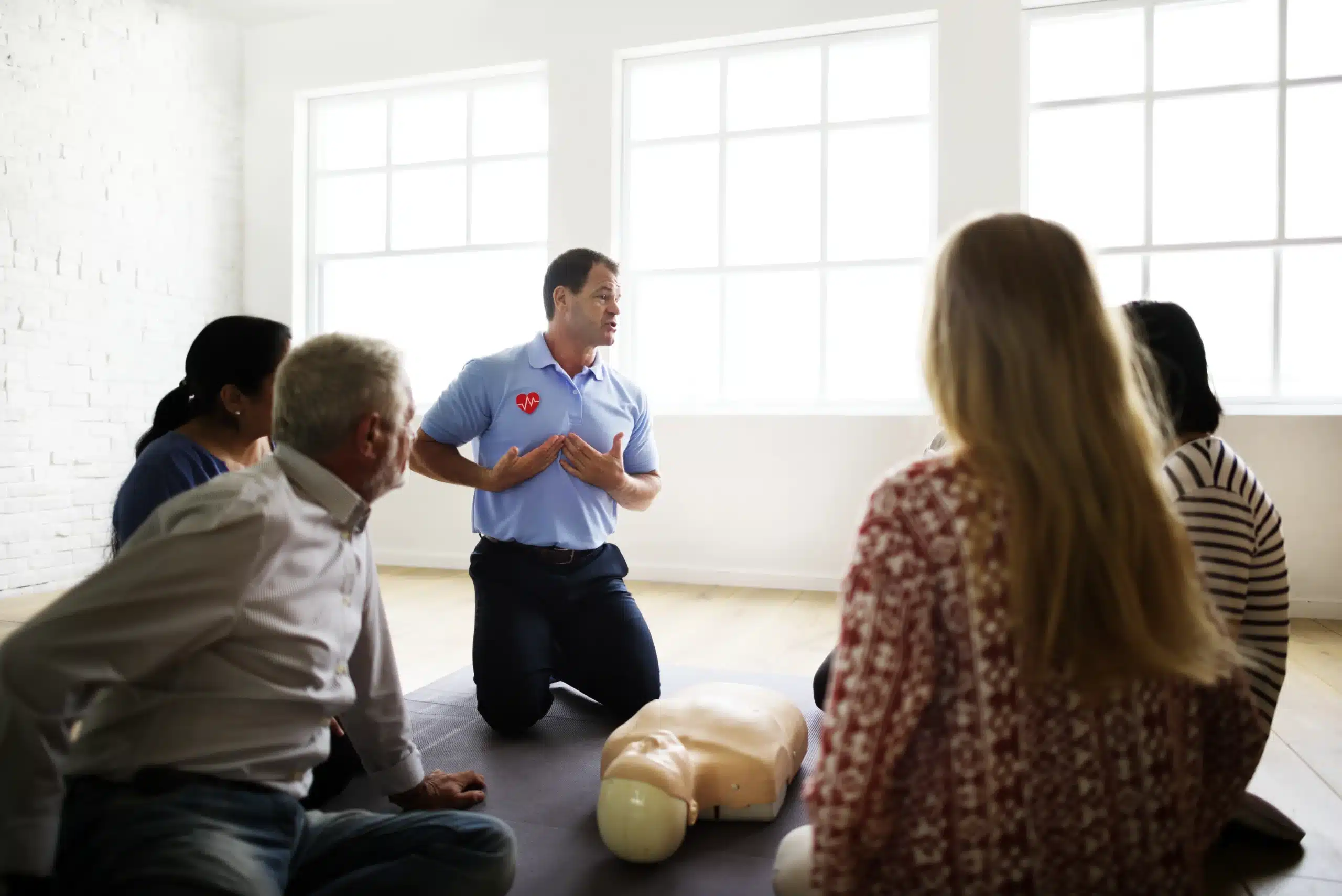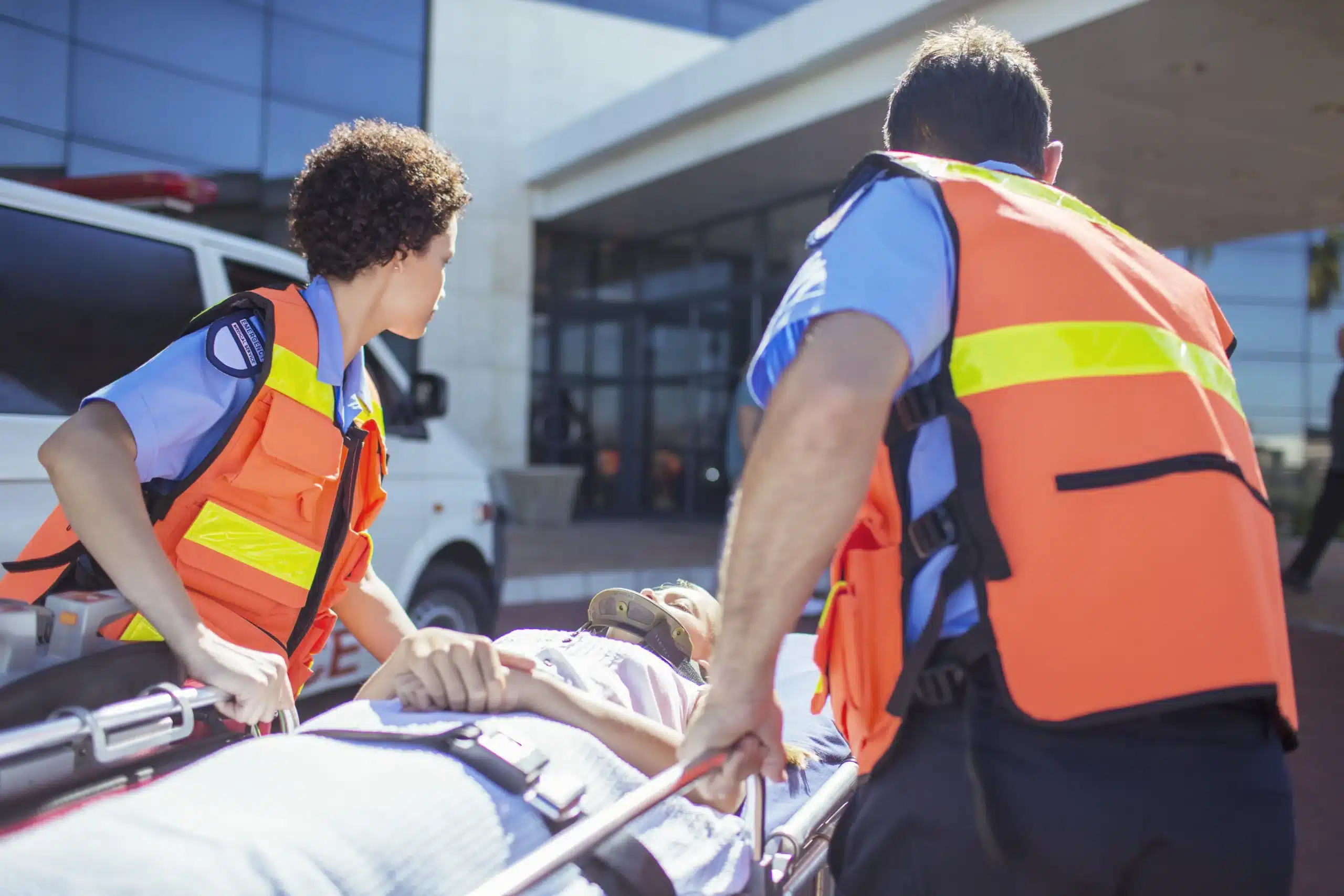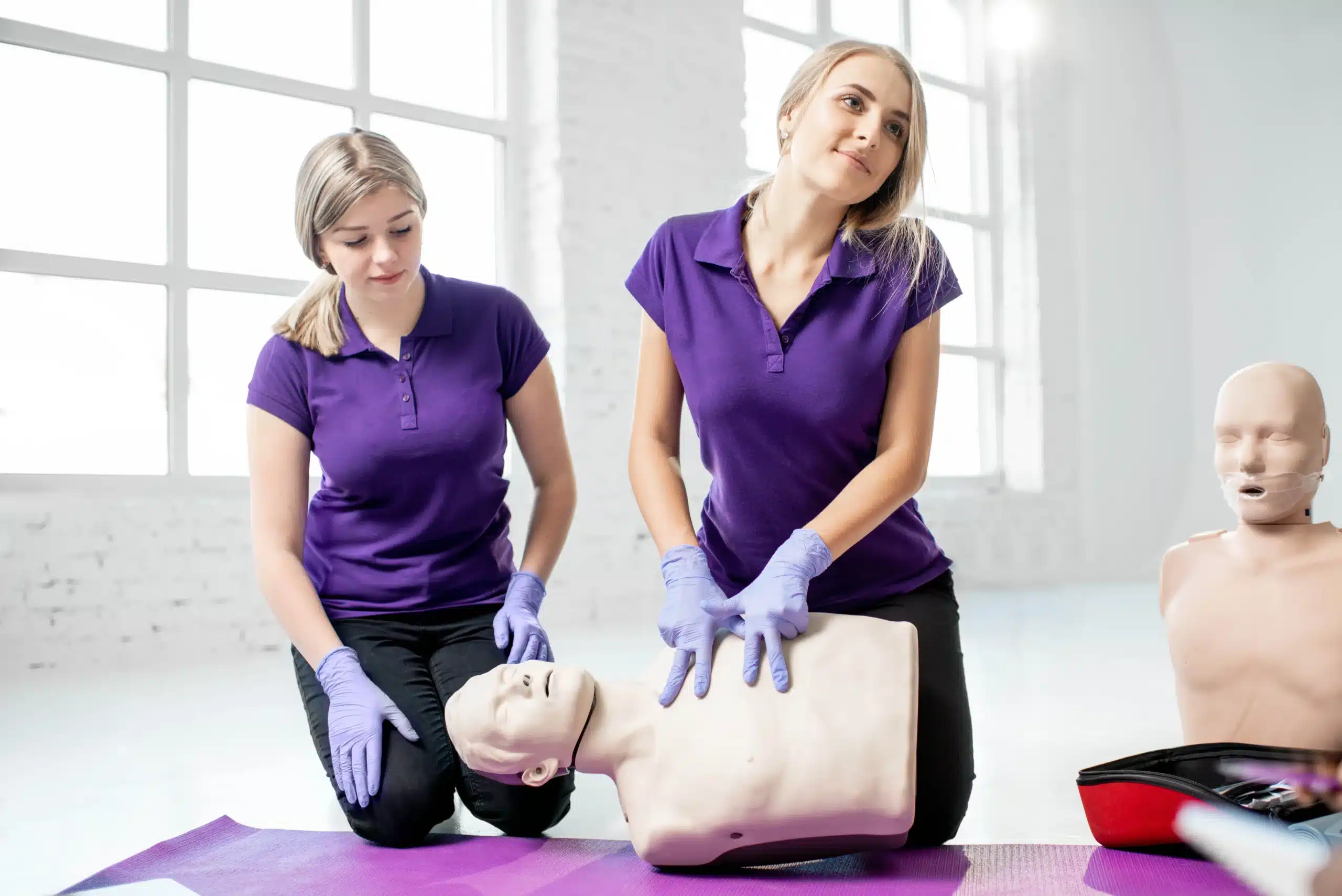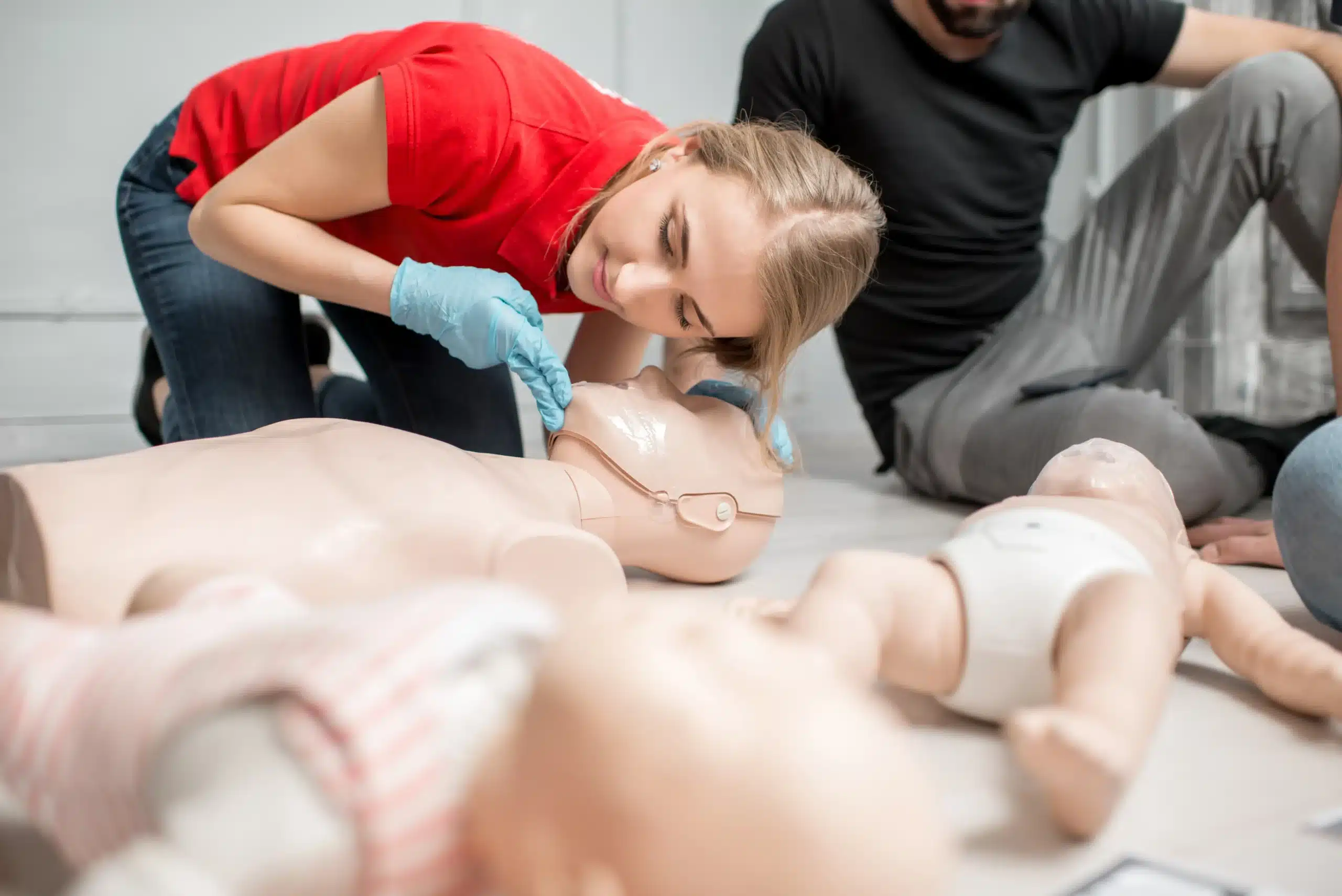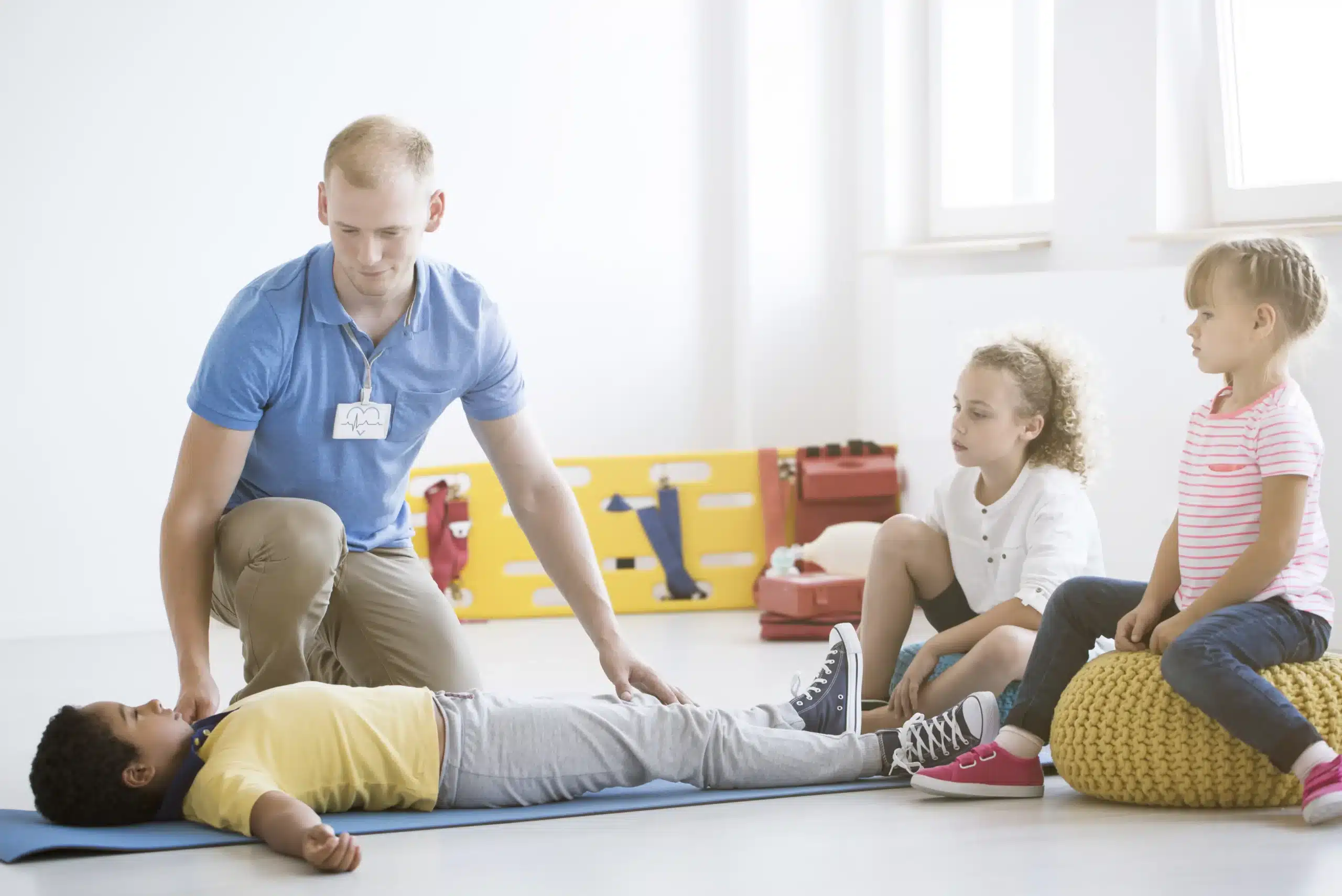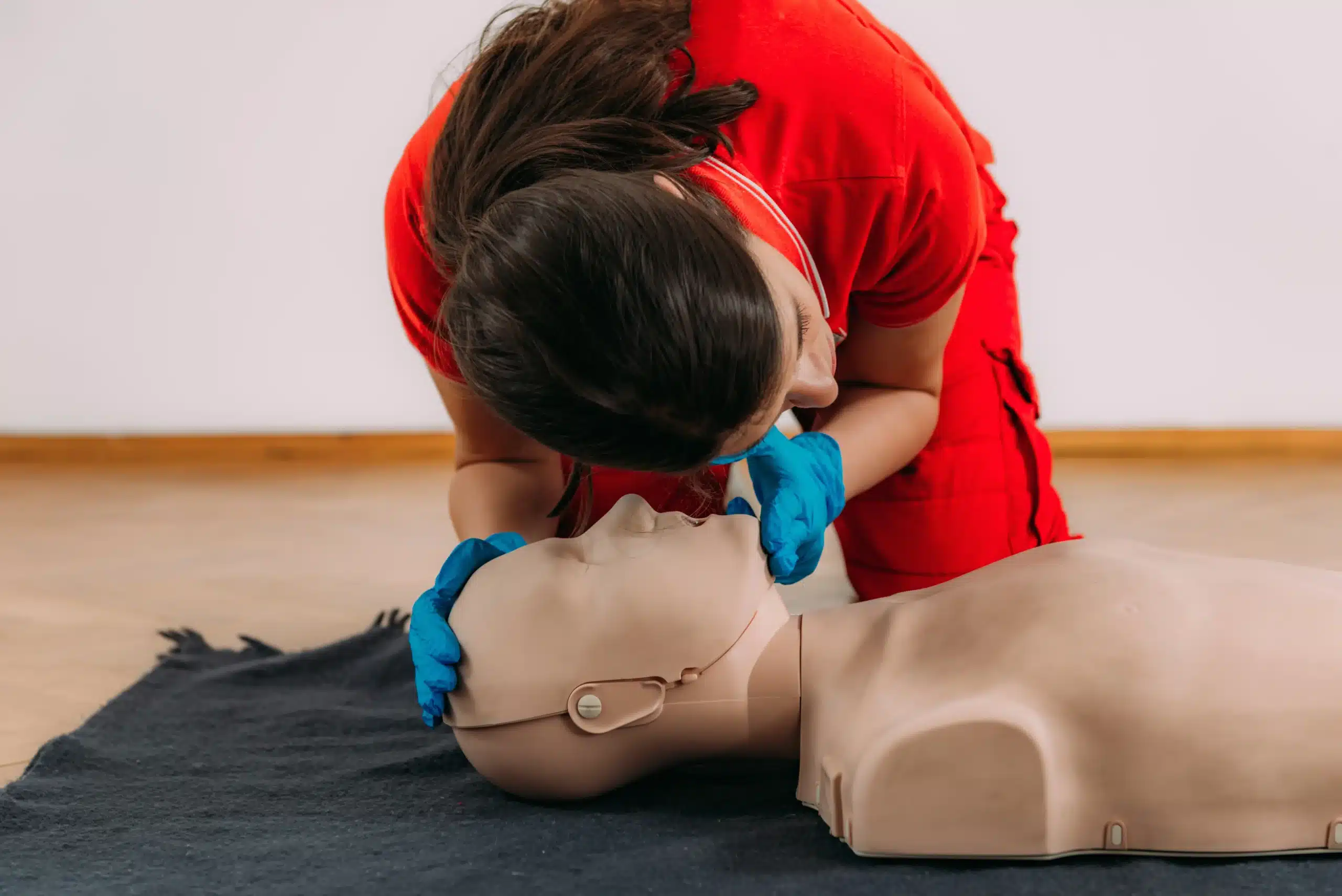In a medical emergency, knowing CPR can be the difference between life and death. It’s a powerful skill that equips you to respond effectively when every second counts. This post will guide you through the essentials of CPR, including what it is, why it’s important, and how to find cpr classes in Lodi. We’ll also cover the different types of CPR certifications available, the costs and schedules of classes, and what to expect during your training. Whether you’re a parent, a teacher, a healthcare worker, or simply someone who wants to be prepared, this guide will help you understand the value of CPR and how to get certified.
Key Takeaways
- CPR is a lifesaving skill: Equipping yourself with CPR training can make a profound difference in emergency situations, potentially doubling or tripling a person’s chance of survival.
- CPR training is accessible and affordable: Many CPR courses are available in the Lodi area, offering flexible schedules and often group discounts, making it convenient for everyone to learn this essential skill.
- Choose a quality CPR course: Look for courses taught by certified instructors experienced in real-world scenarios and aligned with the latest American Heart Association standards to ensure you receive the best possible training.
What is CPR and Why is it Important?
Knowing CPR can empower you to act in a medical emergency. It’s a skill that can make a real difference. Let’s break down the basics and explore why CPR training is so valuable.
CPR Basics
CPR stands for Cardiopulmonary Resuscitation. It’s a lifesaving technique used when someone’s heart or breathing stops. This can happen due to a heart attack, drowning, or other medical emergencies. CPR involves chest compressions and, sometimes, rescue breaths. These actions help maintain blood flow to the brain and other vital organs until professional medical help arrives. Think of it as manually keeping the blood circulating and oxygen flowing, buying precious time. If you’re in the Stockton area, local CPR certification courses are available to get you trained.
How CPR Saves Lives
Learning CPR can quite literally double or triple a person’s chance of survival after cardiac arrest. Early CPR is crucial because it provides immediate support before paramedics arrive. Every second counts in these situations, and knowing CPR can bridge that critical gap. CPR training typically takes just a few hours, but the skills you gain can stay with you for a lifetime. It’s a small investment of time with potentially huge returns. Many courses offer convenient schedules and group discounts, making it accessible for everyone. Plus, being CPR-certified can be a valuable asset in various professional fields, from healthcare and childcare to education and beyond.
Find a CPR Class in Lodi and Nearby Areas
Finding the right CPR class near Lodi involves understanding your options and choosing a program that fits your needs and schedule. Here’s a breakdown of providers and resources in the area:
Safety Training Seminars: Your Go-To in Stockton
Safety Training Seminars offers convenient CPR, BLS, ACLS, and PALS certification courses near Lodi. Located in nearby Stockton, they serve the surrounding communities of Elk Grove and Galt, making high-quality training accessible for San Joaquin County residents. Their central location and commitment to low prices make them a practical choice. Check out their BLS, ACLS, and PALS courses for more information. They also offer the EMSA Child Care Health & Safety course here.
American Red Cross Options
The American Red Cross is a well-known provider of CPR training and certification classes throughout California. They offer various learning formats, including in-person classes, online courses, and blended learning that combines online instruction with in-person skills sessions. Their in-person CPR classes provide hands-on practice and result in a two-year certification that meets OSHA workplace requirements.
Professional CPR Training
Professional CPR offers a range of CPR, First Aid, BLS, and other safety training courses in Lodi and the surrounding Natomas area. They cater to both individuals and organizations, ensuring comprehensive training tailored to different needs.
Fire Department Courses
While availability varies, your local fire department may offer CPR classes. Check with your local fire department in Lodi or the surrounding areas for information on courses and schedules. These classes often cover different levels of CPR training to meet diverse community needs.
What Happens in a CPR Class?
Knowing what to expect can make you feel more comfortable attending your first CPR class. Here’s a quick rundown of a typical CPR certification course:
Course Content and Length
CPR classes cover essential life-saving techniques, starting with recognizing a cardiac arrest and activating the emergency response system. You’ll learn how to perform chest compressions and rescue breaths, and how to use an automated external defibrillator (AED). Many courses, like those offered at Safety Training Seminars, also include first aid instruction for common injuries like choking, bleeding, and burns. Most basic CPR certification courses take between four and six hours, usually involving a mix of classroom learning and hands-on practice. Different courses cater to various needs, from basic community CPR training to advanced certifications for healthcare providers.
Hands-on Practice
Hands-on practice is critical to any CPR class. You’ll work with realistic mannequins to practice chest compressions, rescue breaths, and AED use. This helps you develop the muscle memory and confidence you’ll need in a real emergency. While some courses, like the HeartCode ACLS course, blend online learning with in-person skills sessions, in-person classes generally take longer because they combine theory and practice. Online courses may be self-paced, so you can review materials as needed.
Certification Process
To receive your CPR certification, you’ll demonstrate your skills and knowledge through a practical exam and a written test. The exam typically involves performing CPR on a mannequin and answering questions about the procedures. After successfully completing the course and skills assessment, you’ll receive your BLS certification, usually valid for two years. This certification shows you’re prepared to provide high-quality care. Like certifications from the Red Cross, it will need renewal every two years to keep your skills sharp and up-to-date.
CPR Class Costs & Schedules Near Lodi
If you’re looking for CPR certification near Lodi, understanding the costs and registration process is key to planning your training. This section covers typical course pricing, potential group discounts, and how to find a class schedule that works for you.
Course Pricing
CPR class costs around Lodi vary depending on the certification type, the training provider, and included materials. For example, an American Heart Association (AHA) Basic Life Support (BLS) course averages around $86 in the Tracy area, according to Tracy CPR Classes. Other providers, like CPR Test Center, offer CPR/AED/First Aid certification for $24.99 and BLS Healthcare Provider certification for $34.99. Remember that prices can fluctuate, so check with the provider for their most current pricing. Safety Training Seminars is committed to offering the lowest prices in San Joaquin County, so visit our site for our current rates.
Group Discounts
If you’re organizing CPR training for a group, like coworkers or a community organization, ask about group discounts. Many training centers, including Safety Training Seminars, offer reduced rates for group registrations in courses like BLS, ACLS, PALS, and First Aid. These discounts can make training more budget-friendly, especially for larger groups. Contact us to learn more about group discounts and how we can customize training to meet your organization’s needs.
Registration & Class Schedules
Finding a convenient CPR class is straightforward. Online resources like CPR Calendar list various CPR, AED, First Aid, ACLS, and PALS classes near Lodi. You can also visit Safety Training Seminars for our upcoming CPR class schedules in Lodi and surrounding areas, including Stockton and Tracy. We offer easy registration options to simplify the process and get you certified quickly.
Choose the Right CPR Training
Picking the right CPR training depends on your specific needs and career goals. Do you need CPR certification for your job, or are you learning it for personal knowledge? Are you a healthcare provider needing advanced training, or a parent wanting basic life support skills? Understanding your goals is the first step in choosing the right course.
Personal & Professional Needs
Different courses cater to various needs, from basic community CPR training to advanced certifications for healthcare providers. Healthcare professionals often require certifications like Basic Life Support (BLS) or Advanced Cardiovascular Life Support (ACLS). These certifications cover more comprehensive life-saving techniques beyond basic CPR. If you’re looking for training to feel prepared in everyday emergencies, a basic CPR and first-aid course might be perfect. Parents, teachers, and coaches often find this level of training sufficient. Consider your current profession and future aspirations when making your decision. Safety Training Seminars offers various courses to meet diverse needs.
Certification Types & Renewals
Understanding the different types of CPR certifications is crucial for choosing the right course. The American Heart Association (AHA) offers various certifications, including BLS, ACLS, Pediatric Advanced Life Support (PALS), and CPR/First Aid. Each certification has specific requirements and renewal periods. For instance, BLS certification typically requires renewal every two years. Some advanced certifications, like ACLS, require a current BLS certification as a prerequisite. Our low price guarantee ensures you’re getting the best value for your training. A typical cost for an AHA BLS course is around $86. Tracy CPR Classes offers more information on BLS courses and pricing.
In-Person vs. Online Training
Deciding between in-person and online CPR training depends on your learning style and schedule. In-person classes offer hands-on practice and direct interaction with instructors, beneficial for those who learn best in a traditional classroom setting. Online courses provide flexibility and convenience, allowing you to learn at your own pace. However, online courses typically require an in-person skills session for certification. Consider which format best suits your learning preferences and availability. In-person CPR renewal classes often provide more hands-on practice, while online courses offer more flexibility. Tracy CPR Classes offers a range of AHA courses, including BLS, ACLS, PALS, CPR, and First Aid.
CPR Instructor Qualifications
When choosing a CPR class, the instructor’s qualifications are just as important as the course content. A skilled instructor can make all the difference in your learning experience and ability to confidently perform CPR in a real emergency. Here’s what to look for:
Instructor Credentials & Experience
Qualified CPR instructors hold certifications from nationally recognized organizations like the American Heart Association (AHA). Our instructors at Safety Training Seminars, for example, are certified to teach a range of AHA courses, from Basic Life Support (BLS) to Advanced Cardiac Life Support (ACLS) and Pediatric Advanced Life Support (PALS). This ensures they meet rigorous standards and stay updated on the latest CPR guidelines. Beyond certifications, look for instructors with real-world experience. Their practical insights can enrich your learning and better prepare you for actual emergencies. We also offer ACLS and PALS training for healthcare providers.
American Heart Association Standards
The AHA sets the gold standard for CPR training. They establish evidence-based guidelines and update them regularly to reflect the latest scientific research. A good CPR class will adhere to these AHA standards, covering essential techniques, proper procedures, and the latest best practices. As a woman-owned AHA Training Center, Safety Training Seminars delivers high-quality instruction that meets these standards. We also offer the EMSA Child Care Health & Safety course for childcare providers. Check out our low price guarantee.
Ongoing Instructor Education
CPR techniques and best practices evolve. That’s why it’s crucial to choose instructors committed to ongoing education. They should participate in regular training and refreshers to maintain their skills and knowledge. This ensures they’re always teaching the most current and effective methods. Many providers offer online refresher courses that align with AHA standards, allowing instructors to conveniently stay up-to-date.
Related Articles
- Why CPR is Important in Healthcare
- CPR Courses in Stockton: Your Complete Guide – Stockton CPR Classes
- Online CPR Classes in Lodi: Your Complete Guide – Stockton CPR Classes
- CPR Classes in Stockton: Which Course Is Right for You? – Stockton CPR Classes
- CPR & First Aid Training in Tracy: Your Guide – Stockton CPR Classes
Frequently Asked Questions
How long does it take to get CPR certified? Most basic CPR certification courses can be completed in a single day, typically ranging from four to six hours. The exact duration depends on the specific course and whether it includes first aid training.
What’s the difference between CPR and first aid? CPR focuses specifically on restoring breathing and circulation when someone’s heart stops. First aid covers a broader range of injuries and illnesses, from minor cuts and burns to more serious situations like choking or allergic reactions. Many CPR courses include basic first aid training.
How much does a CPR class cost? The cost of a CPR class varies depending on the provider, location, and type of certification. Basic CPR courses are generally more affordable than advanced certifications like BLS or ACLS. It’s always a good idea to contact the training provider directly or check their website for the most up-to-date pricing information. Don’t hesitate to ask about potential discounts, especially for group registrations.
How often do I need to renew my CPR certification? CPR certifications are typically valid for two years. Renewing your certification ensures your skills and knowledge are current, reflecting the latest guidelines and best practices. Many providers offer renewal courses that are shorter than the initial certification course.
What if I’m nervous about performing CPR in a real emergency? It’s completely normal to feel apprehensive about using CPR in a real-life situation. That’s why hands-on practice during training is so important. It helps build muscle memory and confidence. Remember, any attempt at CPR is better than none. Your training will equip you with the skills and knowledge to act quickly and effectively, and even basic CPR can significantly improve someone’s chances of survival.
